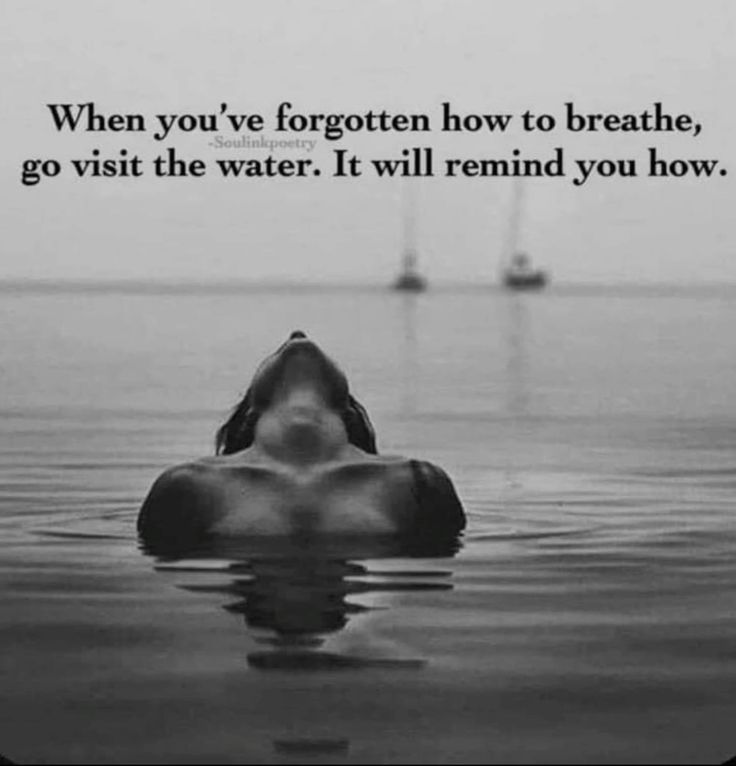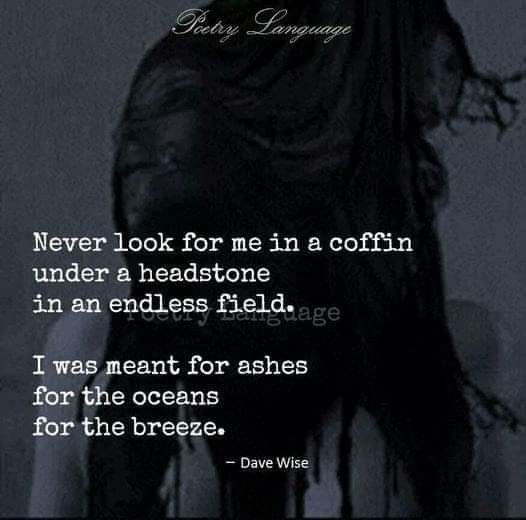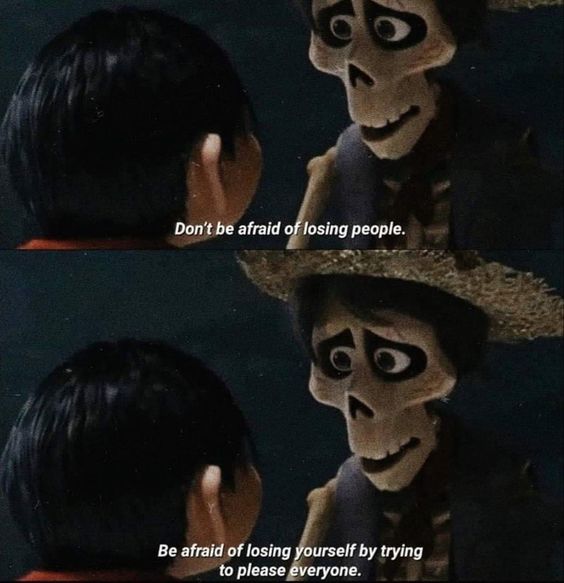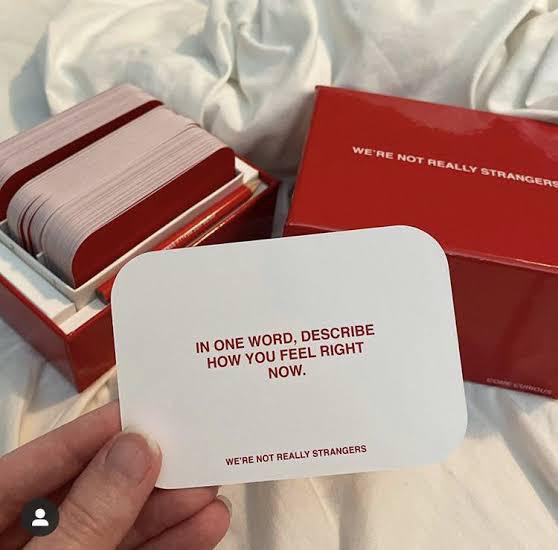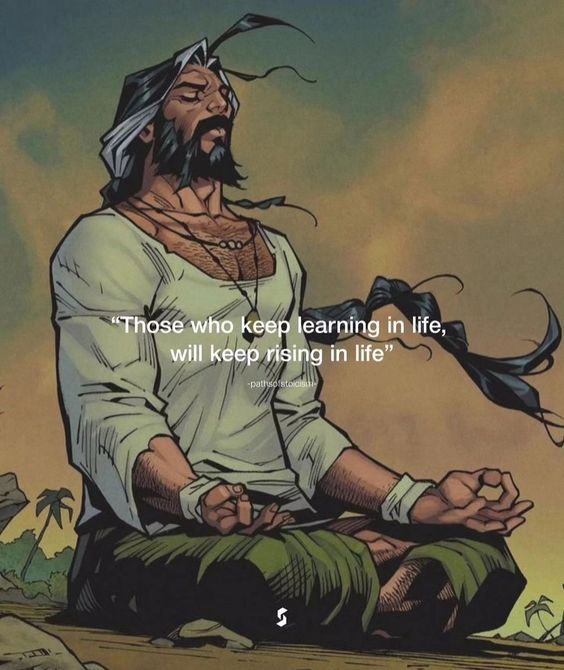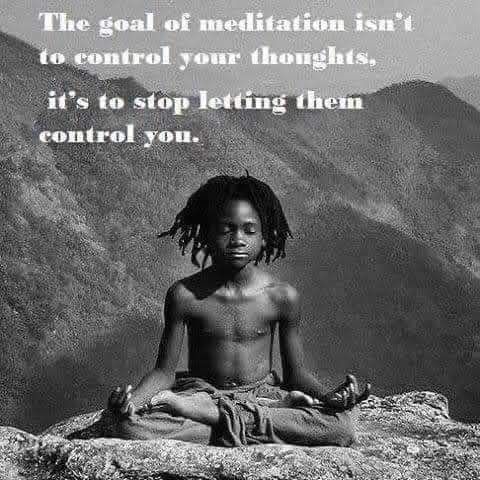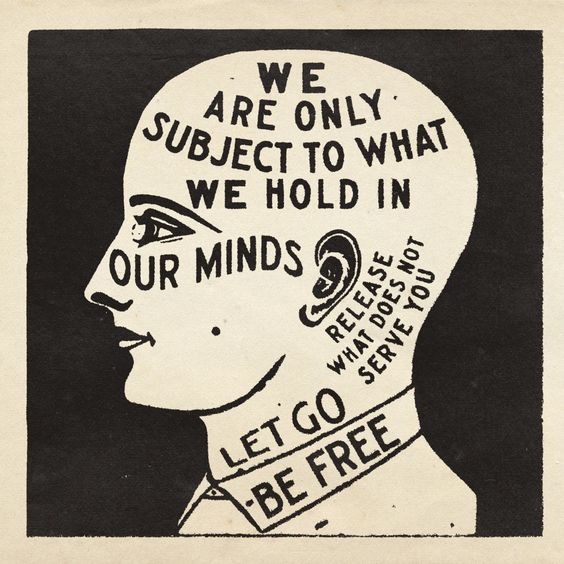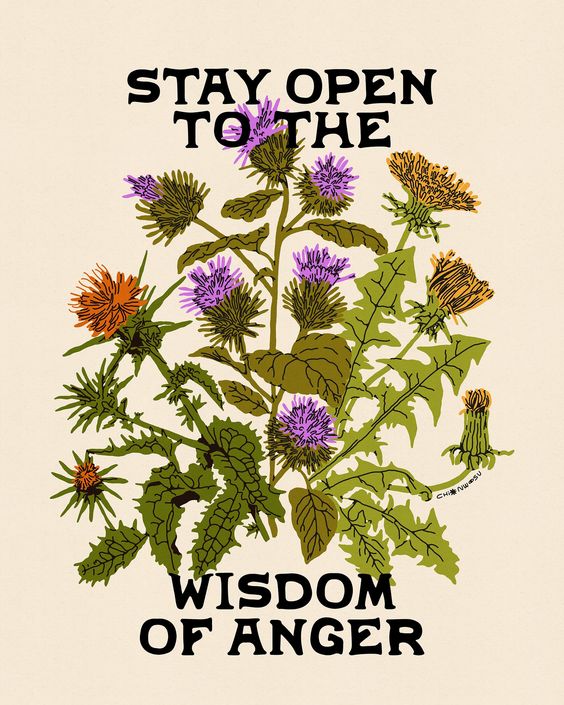Waking Up: A Guide To Spirituality Without Religion [Book]
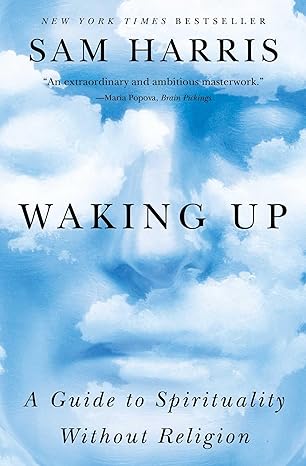
Book Overview: From multiple New York Times best-selling author, neuroscientist, and “new atheist” Sam Harris, Waking Up is for the 30 percent of Americans who follow no religion, but who suspect that Jesus, Buddha, Lao Tzu, Rumi, and the other saints and sages of history could not have all been epileptics, schizophrenics, or frauds. Throughout the book, Harris argues that there are important truths to be found in the experiences of such contemplatives – and, therefore, that there is more to understanding reality than science and secular culture generally allow. Waking Up is part seeker’s memoir and part exploration of the scientific underpinnings of spirituality. No other book marries contemplative wisdom and modern science in this way, and no author other than Sam Harris – a scientist, philosopher, and famous skeptic – could write it.
We’re Not Really Strangers
Why We ♥ It: A purpose driven card game all about empowering meaningful connections and relationships. Three carefully crafted levels of conversation cards and wildcards for teens and adults who love games. Perfect for game nights and parties. Includes 150 conversation cards. For 2-6 players ages 15+. Warning: feelings may arise.
Brain.fm: Functional Music
Why We ♥ It: I (hey! It’s Matt…) have a hard time focusing when people are talking around me or there is lyrical music playing in the background—Brain.fm solved this for me. Designed from the bottom up to affect your brain and optimize your performance, brain.fm is a subscription service that I use more than any other (not even Netflix comes close). It’ll help you focus, relax, sleep, and meditate—and it’s all backed by science.
Five-Year Memory Book
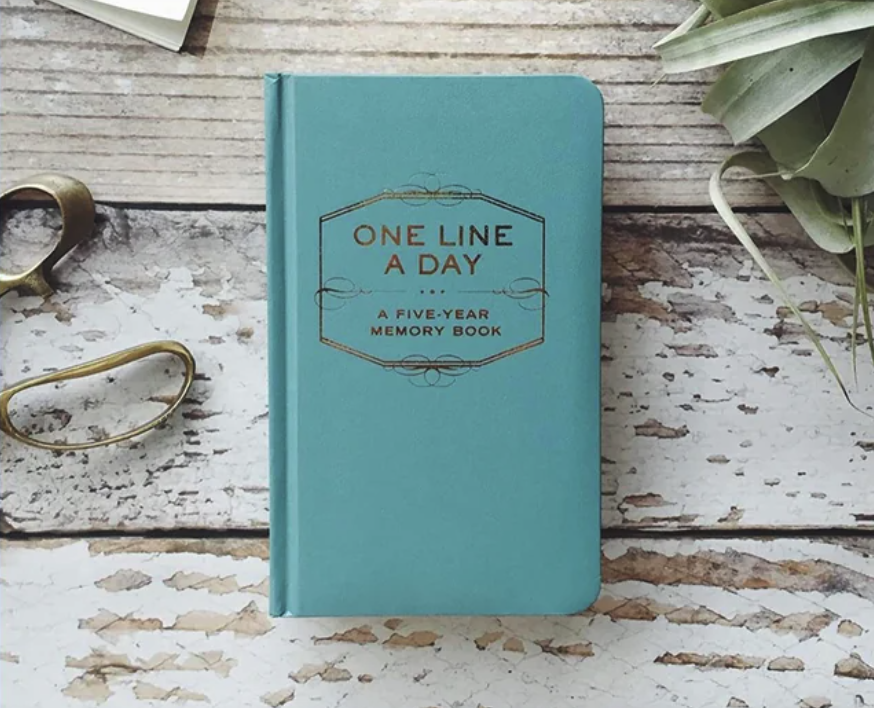
Why We ♥ It: The simple commitment of just One Line a Day is manageable for everyone. Plus, each page includes an entry for five successive years, allowing you to revisit previous thoughts and memories on specific days of the year. Uniquely rewarding, simple to complete, and presented in an inviting and modern package, this tactile journal will become a treasure trove of memories to cherish forever.
“I just lost my wife of 60 years and it’s sort of devastating, but there was a Marcus Aurelius quote that really lifted me, which was that if you lose a loved one, honor her. In a sense, try to be more like her and then she’ll live on in your actions. My wife was very good—if someone was alone or sick or something, she’d call them up and be comforting to them. And I’m not like that, you know? So I started to do that. People that I know, some guys my age who have no grandchildren, I call them up and say, Hey, how are you? And they are so pleased and so kind. And that’s how I keep my wife in my life.”
Francis Ford Coppola
“If you protect yourself your whole life and nobody is allowed near you, what is the point of your being alive? You will be dead before you are dead. You will not have lived at all. It would be as if you had never existed, because there is no other life than relationship. So the risk has to be taken.”
Osho, Everyday Osho (Page 302)
“Buddhism is one of the most beautiful approaches—but it is incomplete. Something is missing. It has no mysticism in it, no poetry, no romance; it is almost bare mathematics, a geometry of the soul but not a poetry of the soul. And unless you can dance, never be satisfied. Be silent, but use your silence as an approach toward blissfulness. Do a few dancing meditations, singing meditations, music, so at the same time, your capacity to enjoy, your capacity to be joyful also increases.”
Osho, Everyday Osho (Page 303)
“Love is the earth where one needs to be rooted. Just as trees are rooted in the earth, human beings are rooted in love. Our roots are invisible, so anything visible is not going to help. Money is very visible, a house is very visible, social status is very visible. But we are trees with invisible roots. You will have to find some invisible earth—call it love, call it godliness, call it prayer—but it is going to be something like that, something invisible, intangible, elusive, mysterious. You cannot catch hold of it. On the contrary, you will have to allow it to catch hold of you.”
Osho, Everyday Osho (Page 299)


